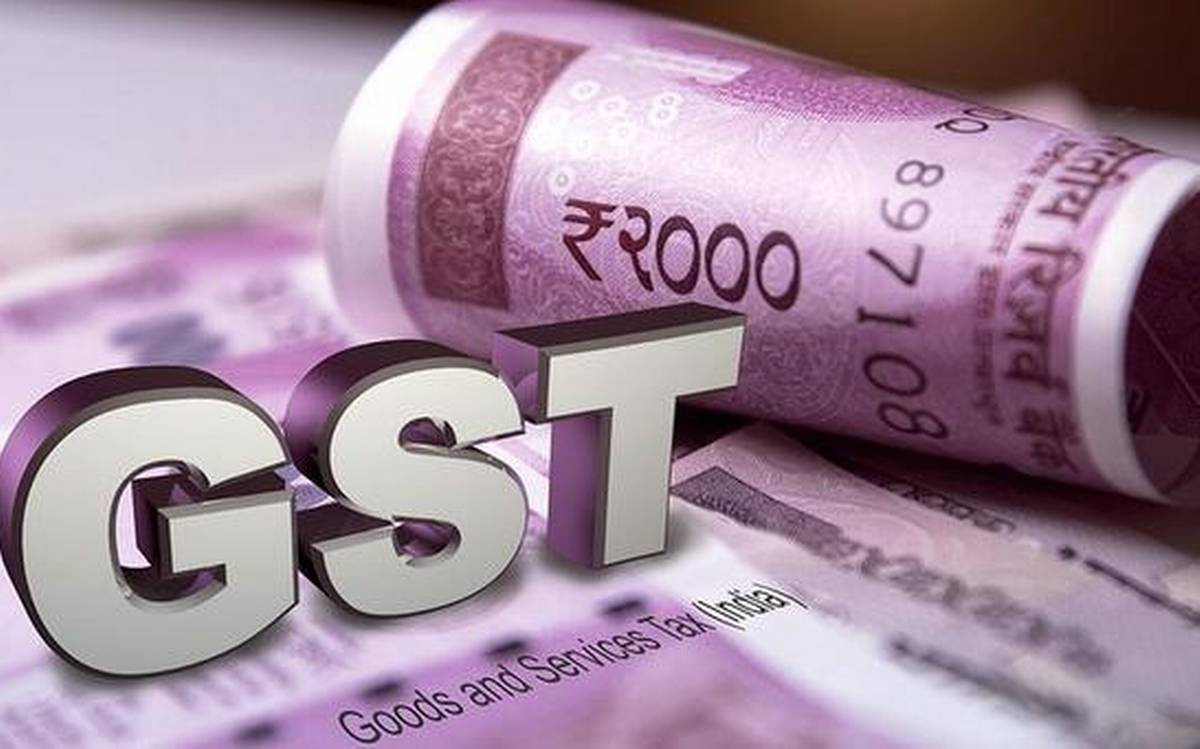Posted 1 week ago in Small business

Posted By
Salih

Goods and Services Tax (GST/VAT) is an indirect tax that is charged for supplying goods and services in India. Goods and Services Tax is levied on the price or value of the goods and services. Goods and Services Tax brought all the indirect taxes such as Value Added Tax (VAT), excise, service tax together under a single taxation system which were imposed on the goods and services sold in India.
The different types of GST/VAT registration are as follows
1.Normal Taxpayer
This category applies to those who are running a business in India. Normal taxpayers are not requiring a deposit.
2.Composition Tax Payer
The taxpayers need to enroll under the GST/VAT composition scheme to register as composition taxpayers. Taxpayers who are enrolled under this category are allowed to pay a flat rate. Although, taxpayers are not allowed to claim the input credit tax (ITC).
3.Casual Taxable Person
A taxpayer who is operating a seasonal shop needs to register under Casual Taxable Person. They need to pay a deposit that is equal to the GST/VAT liability amount. The liability has to match the active registration periods and registration would be active for a three months period.
4.Non-Resident Taxable Peron
This category of registration applies to people who are located outside India. The Non-Resident Taxable Person supply goods or services to the Indian residents. The taxpayer needs to pay a deposit that is equivalent to the GST/VAT liability amount to register as a casual taxable person. The liability has to match the active registration periods and registration would be active for 3 months period.
GST/VAT has many advantages and disadvantages depending on the nature and size of the business.
The GST/VAT wants to minimize the number of indirect taxes and simplifies taxation
The list of documents required for Goods and Services Tax (GST/VAT) registration is given below
Individual / Sole proprietor:
Partnership firm:
HUF (Hindu Undivided Family):
Company:
GST/VAT return is a document containing all the information regarding your sales, purchase, output tax, and input tax, that a taxpayer needs file through GSTR forms. Every taxpayer who is registered under GST/VAT law has to file a return in a particular period of time according to the slabs and eligibility criteria.
In the GST/VAT portal, there is an option to correct mistakes if there are any and refile the returns.
Each and all registered business firms need to file monthly return, quarterly return, and annual GST/VAT returns according to the type and nature of the business. All the business firms in India are liable to GST/VAT return which is described by GST/VAT tax authorities. When the seller supplying the goods and services, they issue the GST/VAT invoice to the buyer. It is a document that shows the name of the supplier and recipient, name of product or services, quantity and description of goods and services, HSN code, shipping or billing address, GSTIN, taxable value, GST/VAT charged, supplier’s signature. If you are a registered business organization, you need to issue the GST/VAT invoice to the buyer or recipient for the product or service you supplied. It is an important document to obtain the goods and services tax credit.
GST/VAT e-invoice is the digital format of invoices for the products and services supplied created at the GST/VAT portal. Here, the seller issues the GST/VAT invoice in an electronic format.
Steps to register on the e-invoice system